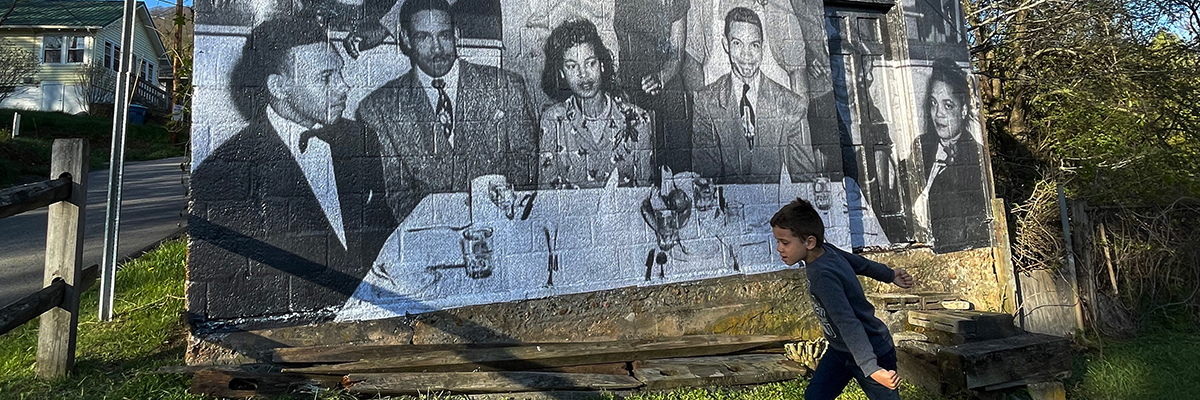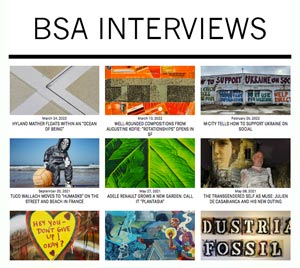Today we’re looking at a new piece from Jetsonorama (also known as Chip Thomas), a talented artist/activist/historian who has made a name for himself by pasting up photos of great historical and cultural significance in indigenous and African American communities, as well as throughout the broader American narrative.
What makes his installations particularly remarkable is how he repurposes unconventional spaces, whether urban or rural, to display these powerful black-and-white photographs on a larger-than-life scale. By pairing his striking imagery with rich narratives and compelling backstories, Thomas can give voice to these critical subjects in a deeply meaningful way to the communities who view them.
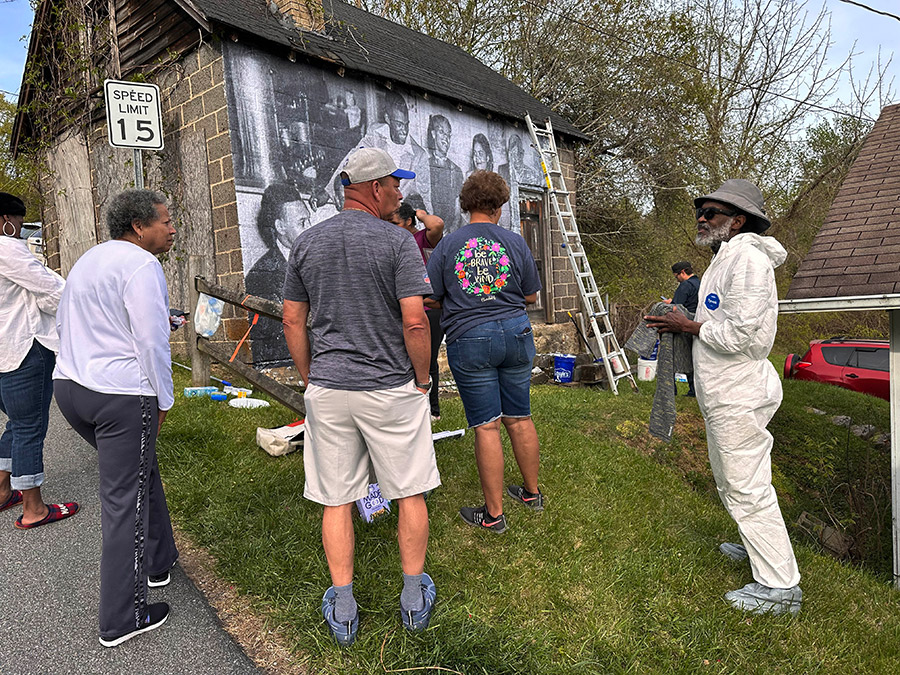
Here we see his new piece as a warm gathering of the Junaluska community in Boone, North Carolina, recognized as one of the earliest African American communities in western North Carolina – one spanning from the 1800s to today.

“I was invited to learn this history last summer and to be a guest artist at Appalachian State University, which I did from April 15th – 24th,” says Thomas. “The image chosen for an installation in Junaluska comes from the early 1950s and is found in Keefe’s book. While installing it, a member of the community drove by and stopped to share with my assistant, TravisDonavan (art professor at ASU), that it was her mom who found this photo in her archives and shared it with Susan Keefe.”
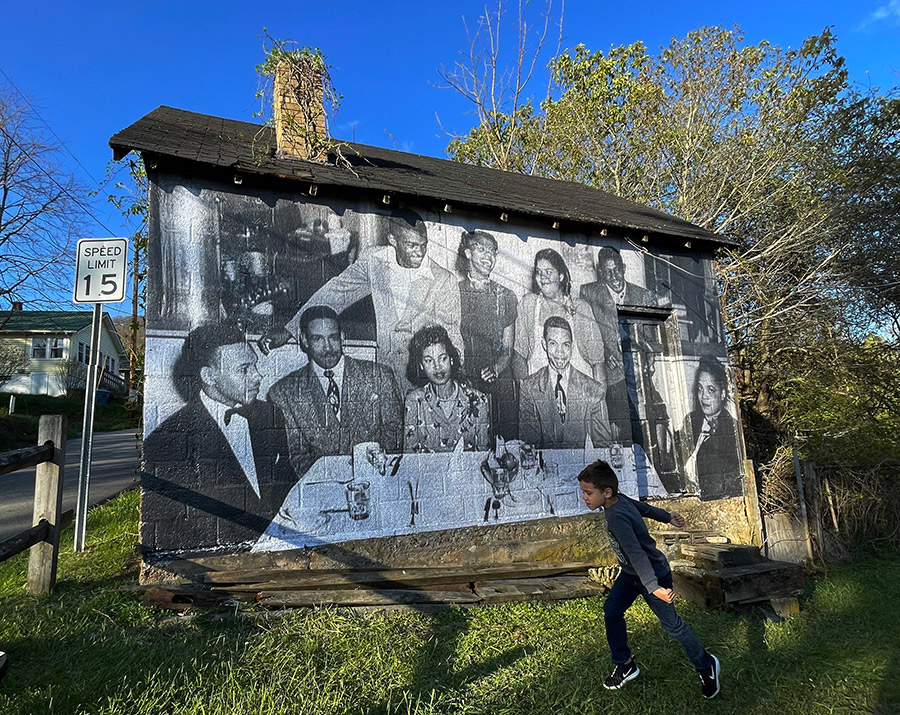
Chip Thomas would like to thank Sarah Donavan, Travis Donavan, Ron McCullum of Appalachian State University and Mary Anne Redding the Turchin Center for the Visual Arts for
making this project possible. Thank you also to the Junaluska Heritage Association for the
use of the image from the Chocolate Bar. #applachia #blackappalachia #junaluska
#blackjoy
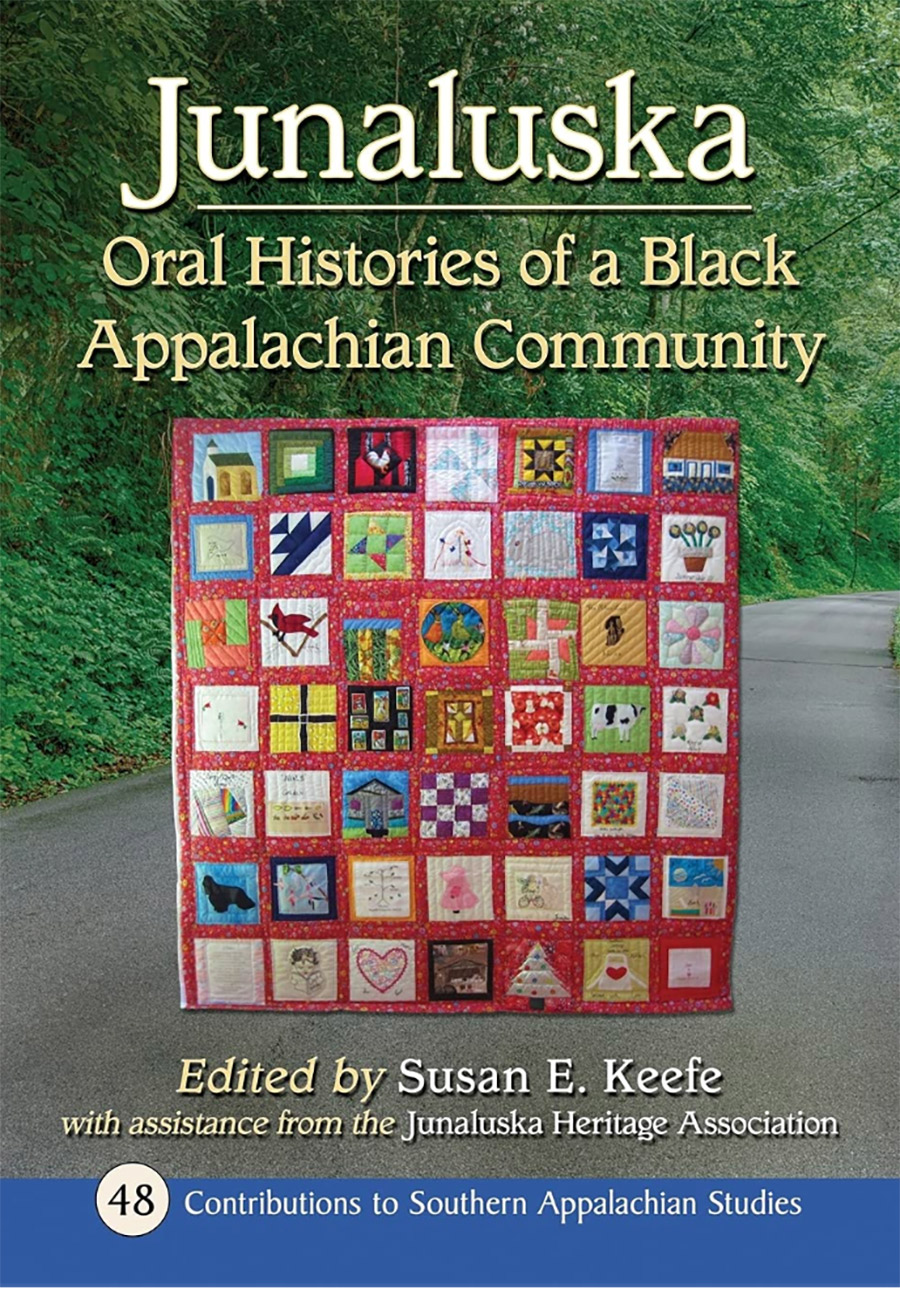
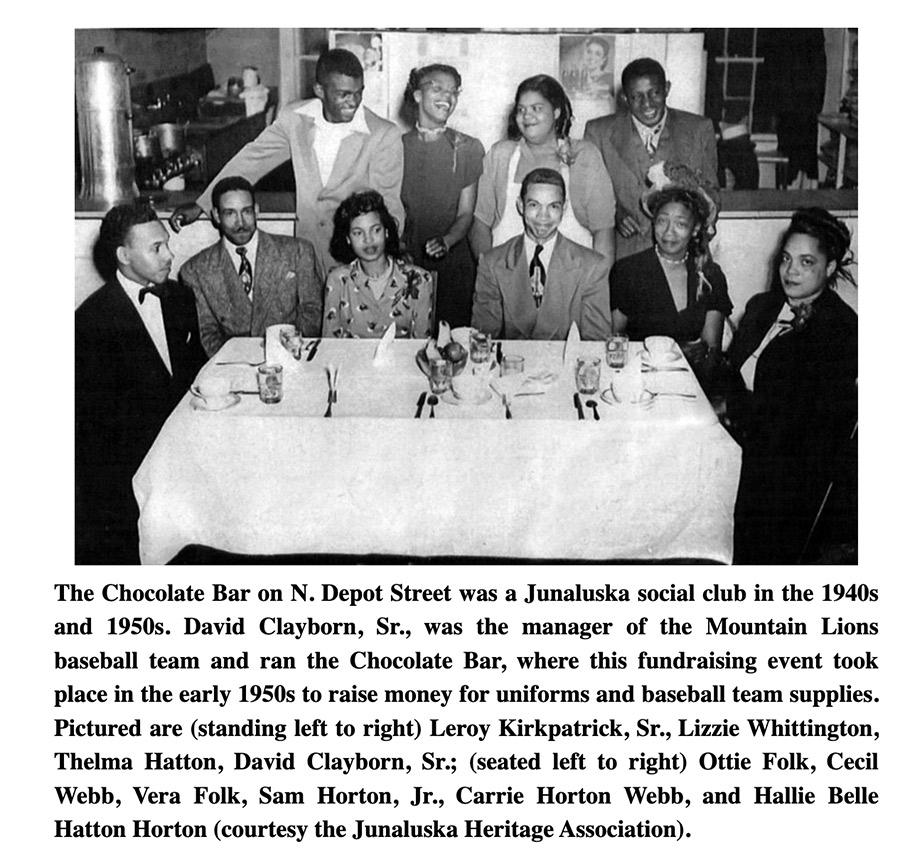
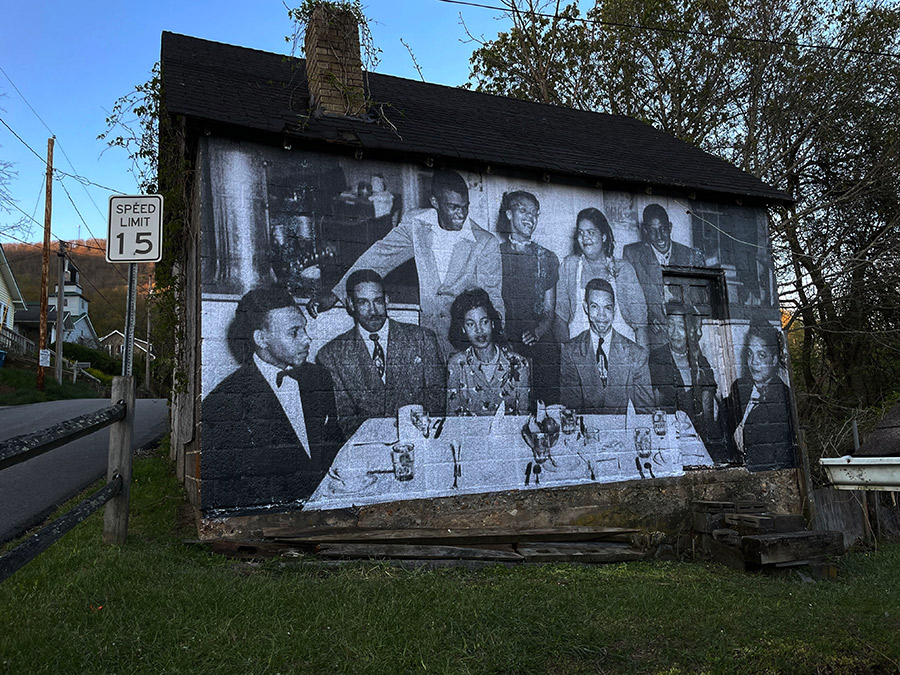
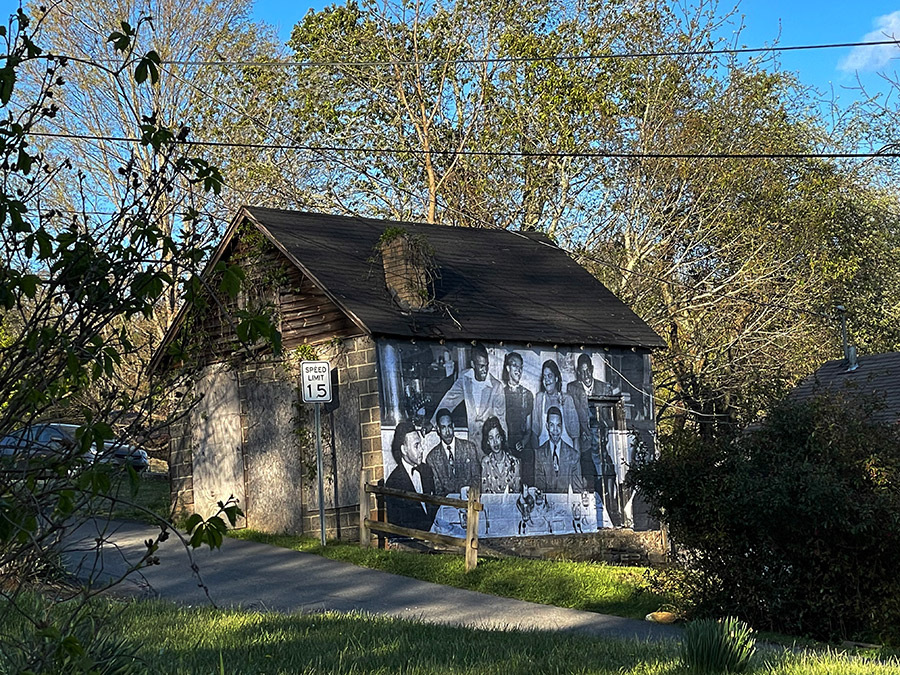
Other Articles You May Like from BSA:
When one thinks of pots and pottery and clay urns, you may imagine them with patterns and motifs wrapped around their exterior. Botanicals, animal life, figures, even architecture, all become decorati...
You got furious at us sometimes this year. Or rather, you were mad at artists whose work pissed you off. Thanks for the emails though bro. We still love you of course sister. Without a doubt t...
Who is your muse? Most artists have one, or a few. The portraits that Street Artists leave on walls usually have a story behind them, a personal connection to the figure depicted. The Bogata based Sti...
Today is #indigenouspeoplesday - but of course we talk about them more often than this. The Native American people of the Southwestern United States are called the Navajo, or the Diné. Italian spiri...
Street Artists have a natural affinity for abandoned places. Sometimes they wander through them to find the right spot to create a piece. Other times they wonder who used to live here. Who used to wo...
 BROOKLYN STREET ART LOVES YOU MORE EVERY DAY
BROOKLYN STREET ART LOVES YOU MORE EVERY DAY